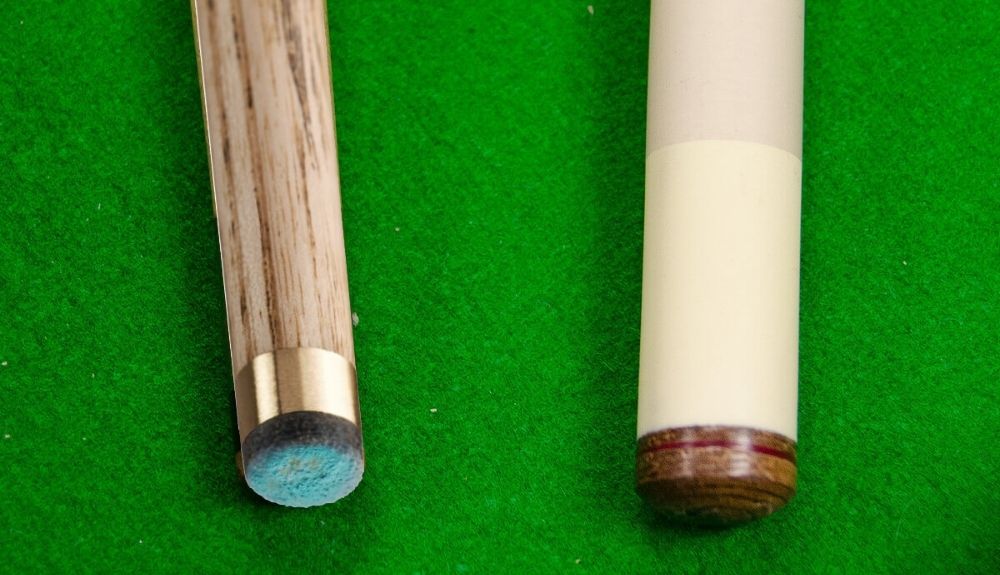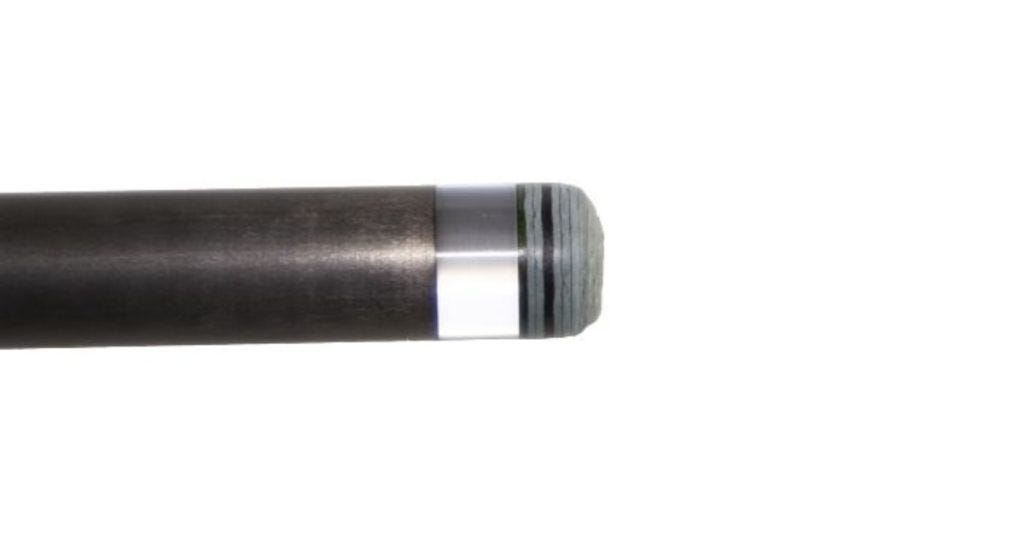Cue Tip Secrets: Mastering Draw Shots & Finding The Best Cue Tip
Is the perfect draw shot an elusive dream? The key to unlocking powerful backspin and mastering draw shots might just lie in the unassuming tip of your cue. But with a market flooded with options, how do you pinpoint the best cue tip for draw shots?
The quest for the "best" cue tip is a deeply personal one, inextricably linked to individual preferences and playing styles. What works wonders for one player might be a hindrance for another. When selecting a cue tip, many factors come into play. The size of the cue tip is one consideration, with common sizes ranging from 12mm to 14mm. A flat tip shape is often favored by those who specialize in draw shots, facilitating the execution of powerful backspin. While some believe that a smaller tip enhances accuracy by allowing you to hit closer to a specific spot on the cue ball, others find that a larger tip helps with applying the most spin, thanks to the increased surface area in contact with the cue ball.
| Attribute | Details |
|---|---|
| Name | Cue Tip Selection Guide |
| Purpose | To provide information on selecting the best cue tip for draw shots and overall play. |
| Factors to Consider |
|
| Tip Shape Preferences |
|
| Tip Hardness |
|
| Draw Shot Technique |
|
| Additional Factors |
|
| Brand Mentioned |
|
| External Links | Cuetec - How to Choose the Right Pool Cue Tip |
The age-old debate of soft versus hard tips further complicates the matter. The prevailing theory suggests that softer tips offer enhanced english and superior control over the ball. They tend to be easier to scuff, resulting in better chalk retention a crucial factor for consistent performance. However, they require more frequent maintenance. Harder tips, conversely, demand less upkeep. They maintain their shape longer and resist mushrooming, reducing the frequency of replacements. For players seeking a middle ground, medium hardness tips strike a balance between control, spin, and speed. Hard tips find their niche in jump and break cues, where power and durability are paramount.
- Did Owen Wilson Die In 2024 Letrsquos Clear Up The Confusion
- Breaking News Simon Cowell Death 2024 Ndash The Truth Behind The Headlines
Ultimately, the "best cue tip for draw" is a misnomer. There's no magic bullet, no single tip that guarantees a perfect draw shot. The true secret lies in diligent practice and refining your technique. A smooth, level stroke is indispensable. As one player aptly put it, "The real answer is the practice with right technique makes the draw shot better." The cue tip, however, plays a vital supporting role. The feel of the tip, the feedback it provides, can instill confidence, and that confidence translates into better gameplay.
Consider the physics at play. While the laws governing angular momentum are straightforward, their application in billiards requires nuance. Hitting the cue ball lower won't necessarily impart more spin. The amount of friction generated by the tip's contact with the cue ball is directly related to the amount of spin applied. This leads to the notion that a larger tip, by virtue of its increased surface area, facilitates greater spin. However, a larger tip also amplifies the consequences of a poor stroke and inaccurate cue tip delivery.
The length of your bridge also warrants careful consideration. While a longer bridge can lower the cue and increase your sight radius, enhancing accuracy for some, it simultaneously magnifies any flaws in your stroke. Precise cue tip delivery becomes even more critical. Its a trade-off, demanding greater precision and control.
- Simon Cowells Son Disabled A Heartwarming Journey Of Love And Resilience
- Mark Levin Hands Shaking The Story Behind The Trembling Hands
Players often develop strong preferences based on personal experience. One seasoned player shared, "Ive tried dozens and settled on triangle. Theyre inexpensive, so easy to replace." Another attested to the importance of feedback, stating, "I like the feedback of harder tips." Yet another emphasized the primacy of technique, asserting, "I can draw as well as anyone with a super soft tip." These testimonials underscore the subjective nature of cue tip selection.
Be wary of endorsements. As one astute observer pointed out, "Remember the pros are all sponsored. Notice how they all happen to play best with whatever tip company pays them the most." While professional endorsements can provide valuable insights, they should be viewed with a degree of skepticism. The most expensive or heavily marketed tip isn't necessarily the best for you.
The "ring" the point at which controlled english transitions into miscues is another critical factor. This threshold is influenced by the tip's curvature. On a 13mm tip, a nickel curve will reach this limit sooner than a dime curve. Understanding this relationship allows you to tailor your tip selection to your desired level of english and control. The size of the tip also plays a role; knowing how much of the cue tip must hit the cue ball to avoid a miscue is vital, irrespective of chalking habits.
Several brands have garnered acclaim within the billiards community. The Predator Victory Pool Cue Tip, for example, has been developed and rigorously tested by professional players, promising optimum compression throughout its lifespan. However, remember that brand recognition alone isn't a guarantee of superior performance. Your individual stroke, the table conditions, and your overall game strategy will all contribute to your success.
Experimentation is key. Try the following exercise: Place the cue ball on the head string, one diamond in from the rail on the opposite side of the table, creating a straight-in shot. Using the same cue, experiment with different tips, shooting ten draw shots with each. The goal is to make the shot and draw the cue ball back into the corner pocket where you're standing. This hands-on approach will provide valuable insights into how different tips perform under real-world conditions.
Ultimately, the best cue tip for draw shots is the one that feels right in your hand, inspires confidence, and complements your playing style. Don't be swayed by hype or endorsements. Instead, focus on honing your technique, experimenting with different options, and developing a keen understanding of how your equipment interacts with your game.
One player's anecdote highlights the inconsistencies that can arise: "Honestly, there are some nights where I get more draw and spin out of my 13mm cue." Another adds, "Smaller tip just means more possible accuracy (i.e. You can hit closer to a specific spot, meaning you can potentially get a little more bottom or side or whatever), but if you dont have the precision to pull it off (i.e., a poor stroke), then its not going to matter."
So, while the quest for the perfect cue tip continues, remember that the journey of improvement in billiards is as much about self-discovery as it is about equipment. The best cue tip is simply a tool, and like any tool, its effectiveness depends on the skill and precision of the wielder. Focus on developing a smooth, controlled stroke, practice diligently, and choose a tip that feels like an extension of your own hand. That, more than any brand name or marketing claim, is the key to unlocking the power of the draw shot.
- Joy Mei Leak The Truth Behind The Viral Sensation You Need To Know About
- Is Stanley Weber Married Unveiling The Personal Life Of The Rising Star

What cue tip do the Pros use? Top 5 best professional cue tips

Simple TRICK to DRAW the cue ball better YouTube

How to Choose the Perfect Pool Cue Tip for Your Playing Style by Maya